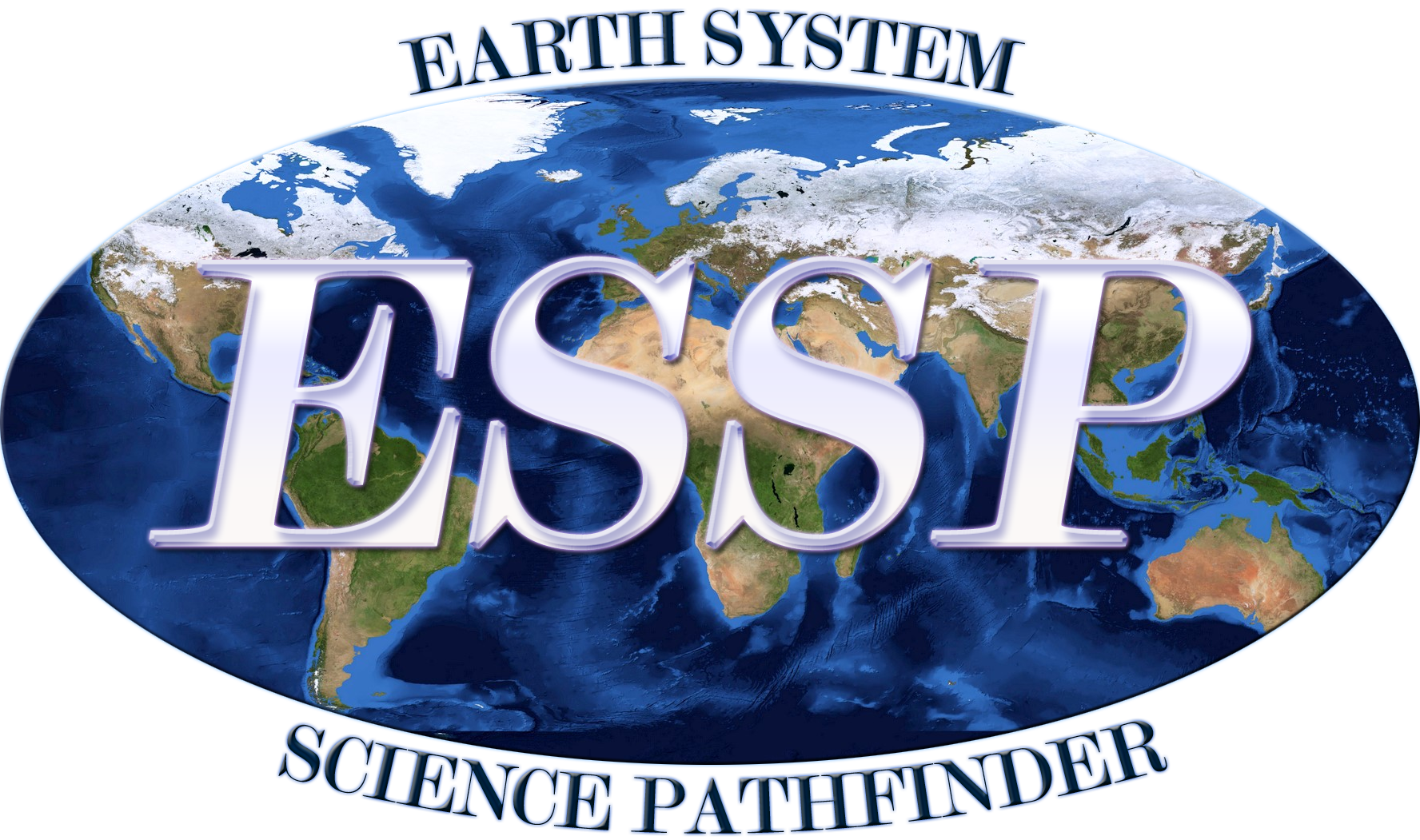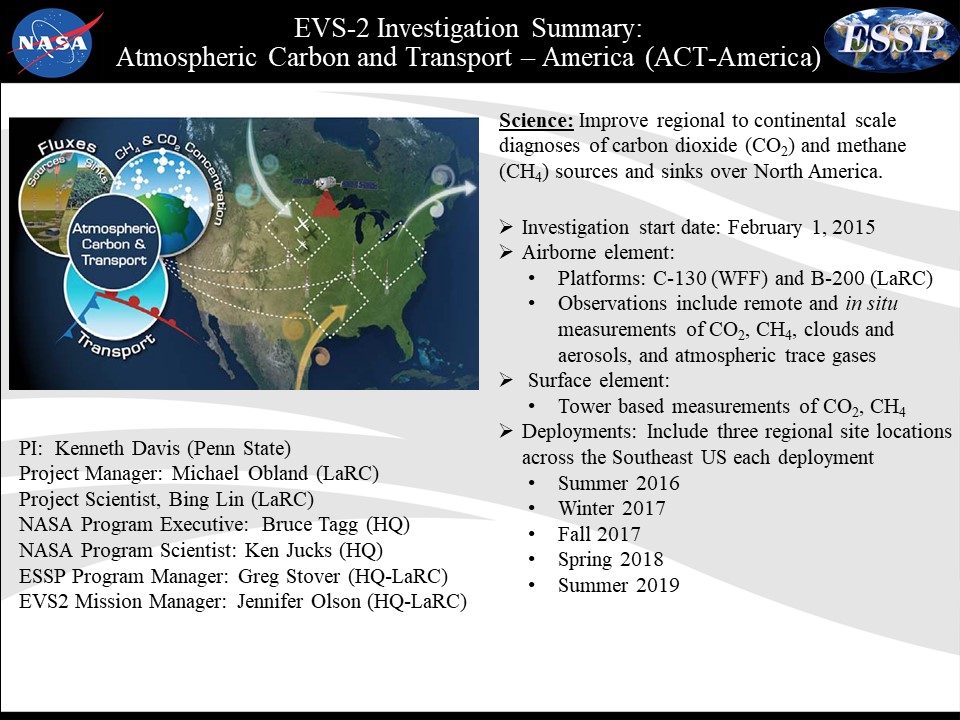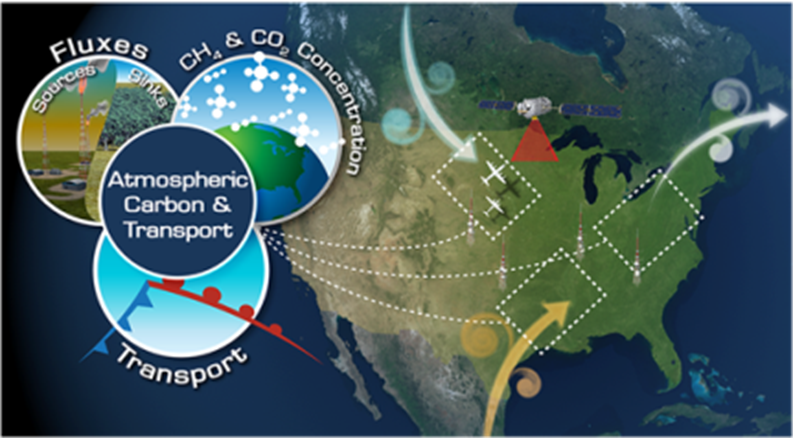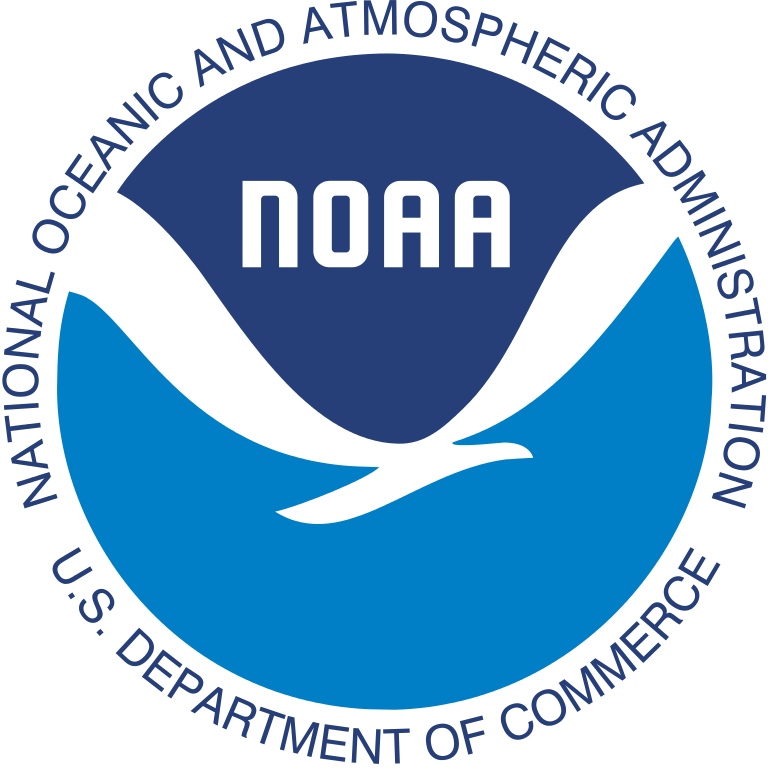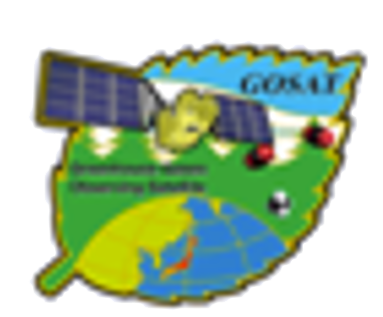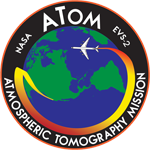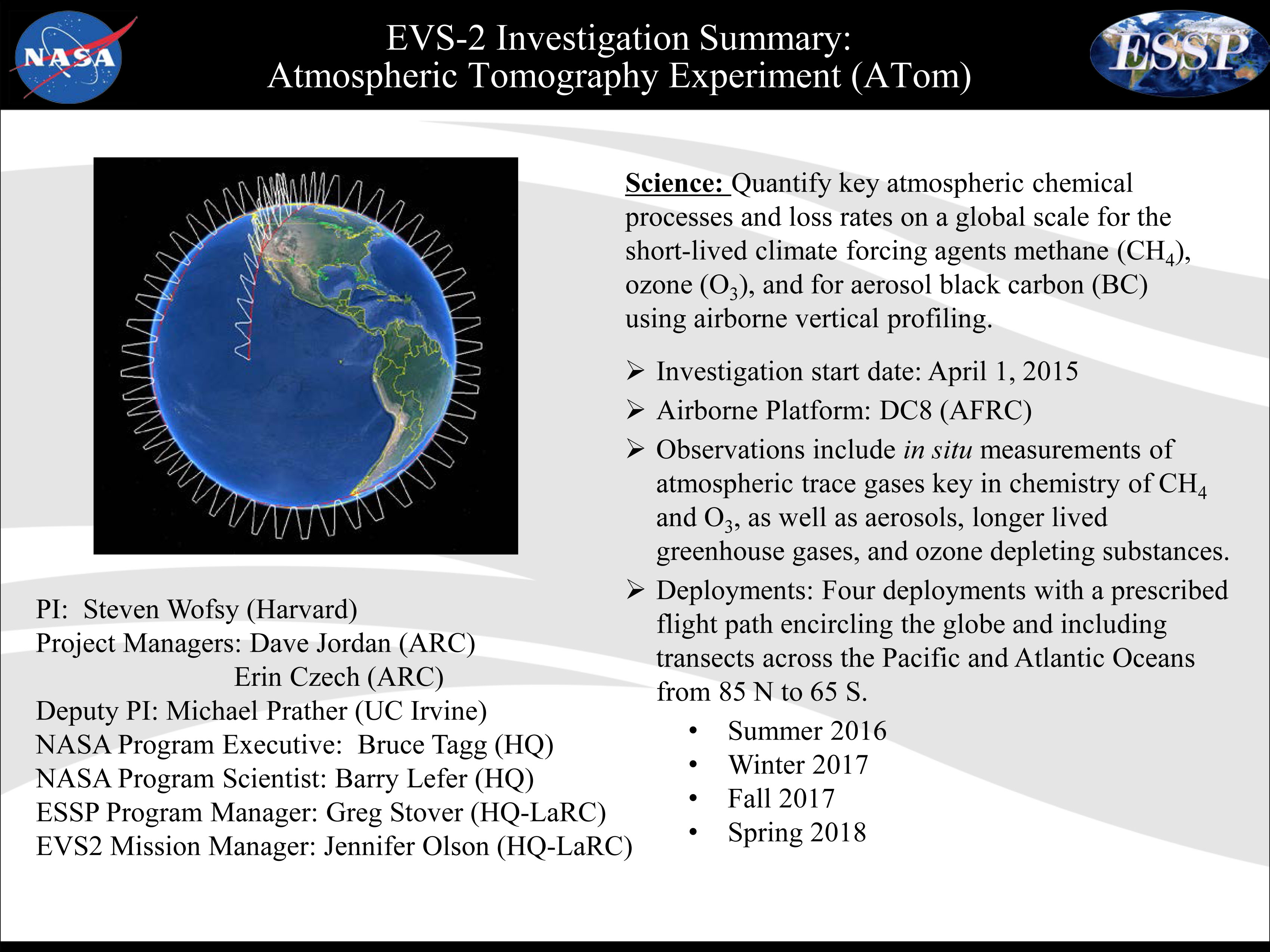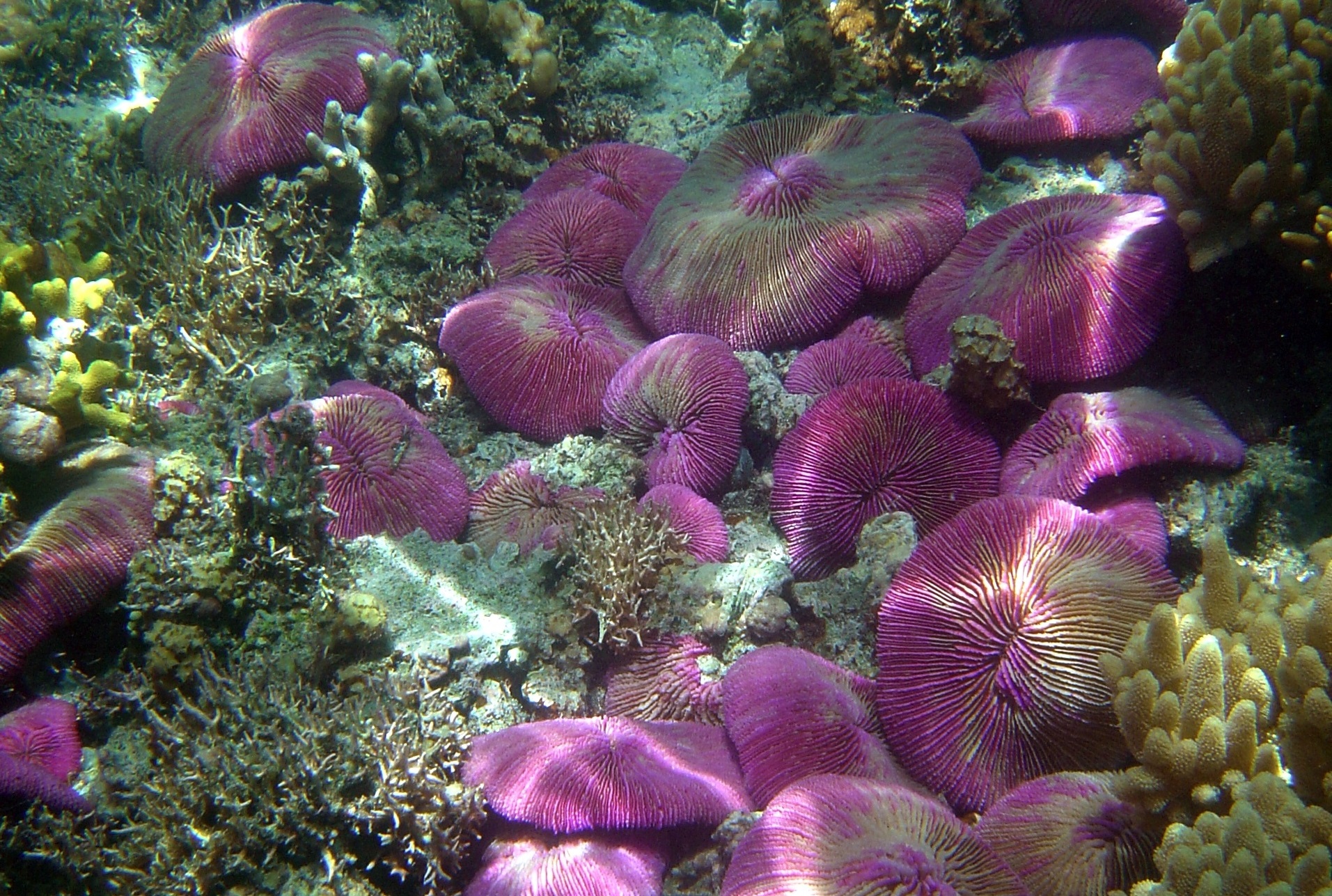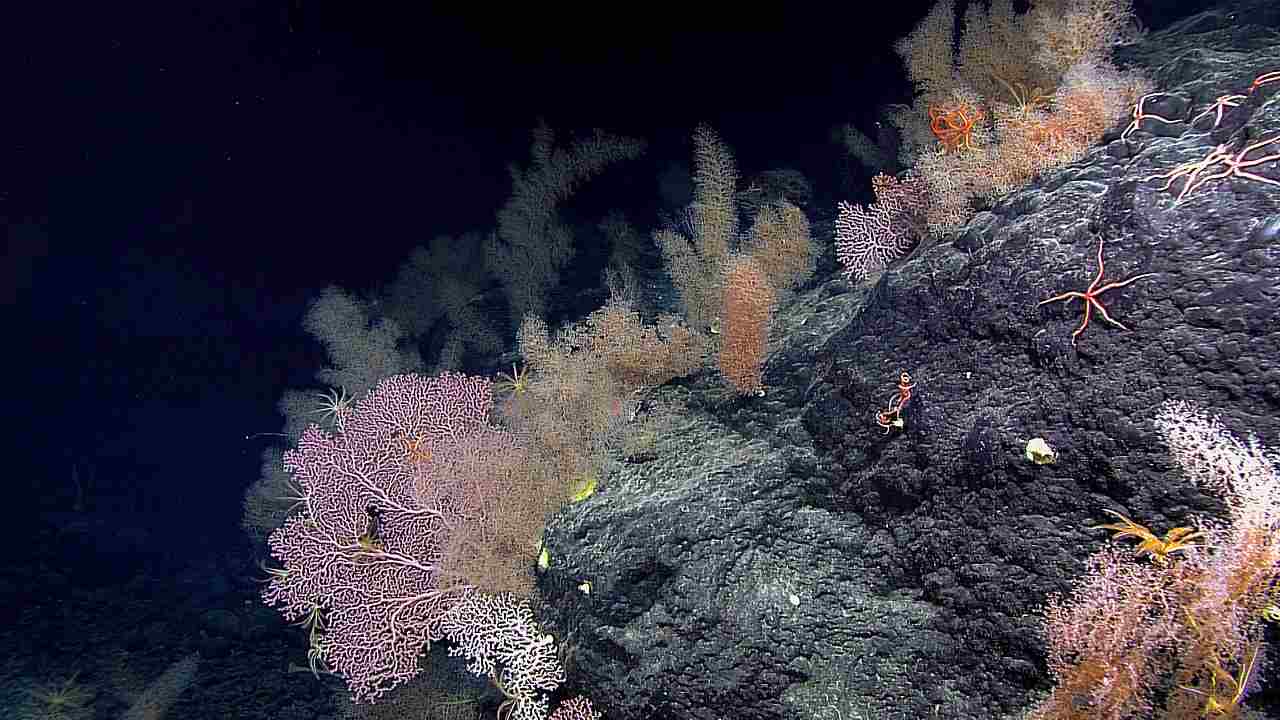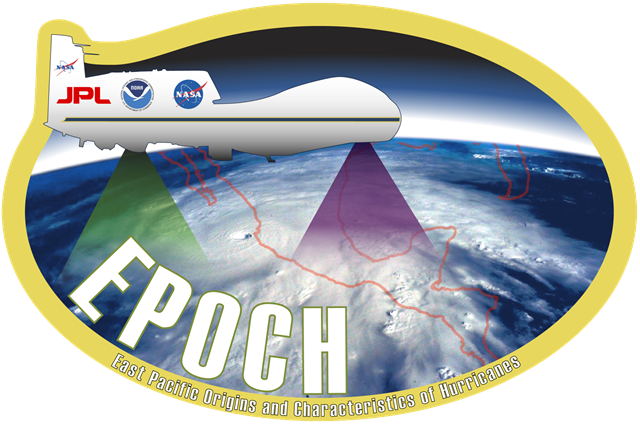
Atmospheric Carbon and Transport-America
(ACT-America)
https://act-america.larc.nasa.gov/
https://blogs.nasa.gov/earthexpeditions/tag/act-america/
Flying with the gases that impact the climate around you. Making the invisible journey visible.
Track carbon footprints across the sky and through four seasons!
ACT-America is on the hunt for greenhouse gases from our ground and in our air. The project measured both natural and human-based methane (CH4) and carbon dioxide (CO2) to identify how these gases are created, where they go and what absorbs them. Understanding the carbon cycle is powerful knowledge. It means we can predict future climate impacts, develop smarter mitigation strategies, and create fact-based policy. Imagine the benefit from “seeing” where these invisible gases are coming from and where they go.
“ACT-America measurements fill a critical gap in our understanding of the sources, sinks and transport of climate-altering greenhouse gasses. We now see how weather stirs the atmosphere and mixes these gasses across the continent, like a large spoon mixing the cream in your coffee.” – Ken Davis, Principal Investigator
The ACT-America investigation featured five seasonal aircraft campaigns spread over three years, across the eastern and central regions of the United States. Instruments aboard a NASA C-130 and a NASA B-200 aircraft measured greenhouse gasses and indicators of the origins of these greenhouse gases and tracked how weather systems transport them. The aircraft data are part of a growing network of observations that will track the “footprints” of greenhouse gases to enable: 1) policy makers, citizens and industry to understand how their actions are changing the earth’s climate; 2) knowledge of natural gas leaks and awareness of opportunities to minimize these losses; 3) how the earth’s ecosystems contribute to the carbon cycle; and 4) accurate forecasting of future climate. ACT-America’s data can be found here.
https://www.youtube.com/watch?v=c76TfzEJLPo
Related Projects

